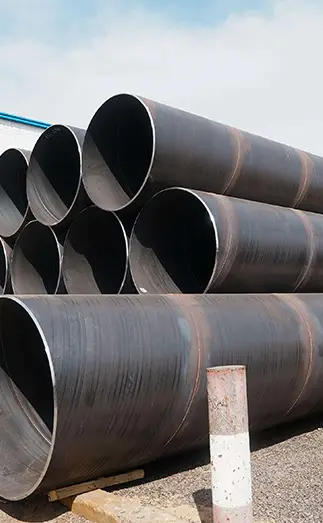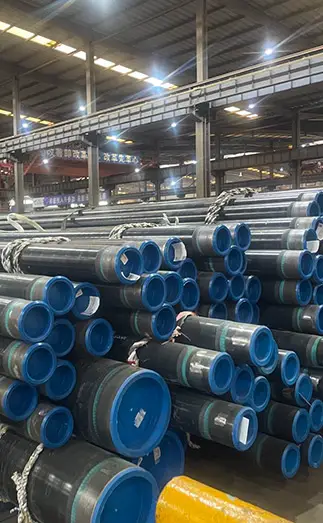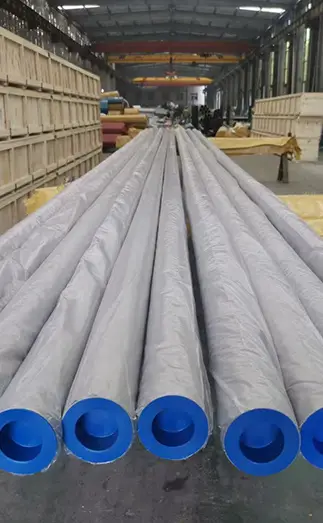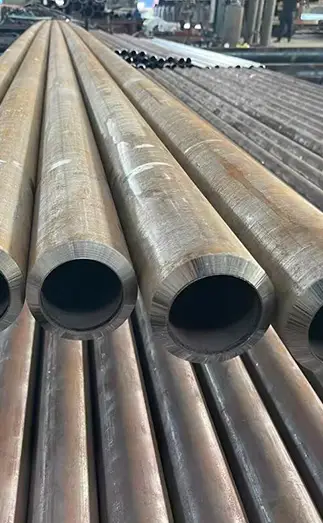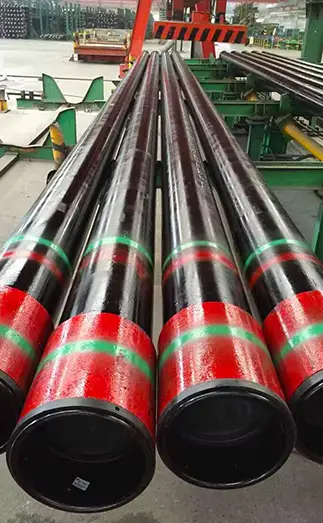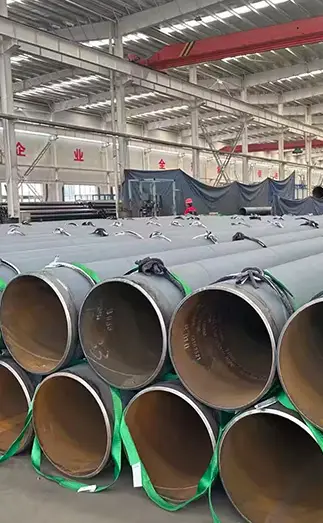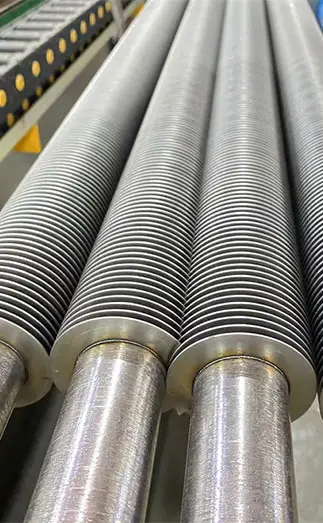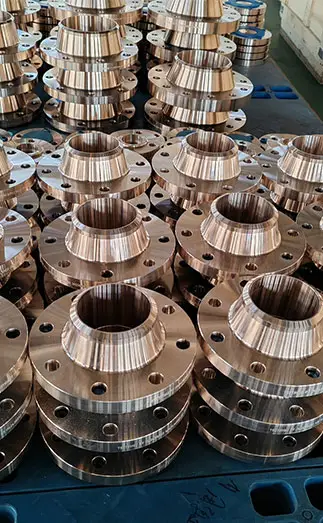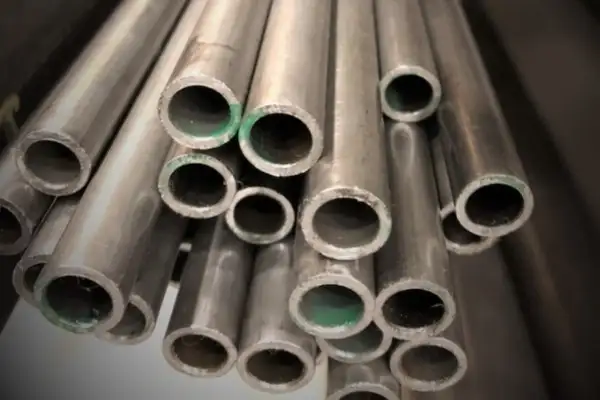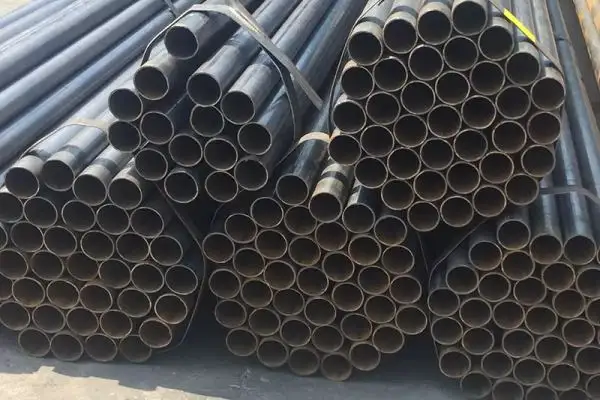In piping systems, flanges play a critical role in connecting pipes, valves, pumps, and other equipment. Among the most commonly used types are Slip On Flanges (SO flange) and Weld Neck Flanges (WN flange). While both serve the same basic function, they differ in strength, durability, welding requirements, and cost. Understanding these differences is essential for choosing the right flange for your project.
Characteristics of Slip On Flanges
Strength and Pressure Rating
The internal pressure strength of a Slip On Flange is approximately two-thirds that of a Weld Neck Flange, making it more suitable for low-pressure applications.
Durability
The service life of an SO flange is roughly one-third that of a Weld Neck Flange, due to differences in welding and structural design.
Welding Requirement
To secure the connection, two fillet welds are required—one on the inside and one on the outside of the flange.
Pipe Connection
A small gap between the pipe end and flange face must be reserved during welding to prevent heat damage to the flange sealing surface.
Additionally, Slip On Flanges can only be connected to straight pipe ends. They cannot directly connect to fittings such as elbows or tees, since these do not have a straight section that can fully slide into the flange bore.
Cost Advantage
Slip On Flanges are generally less expensive than Weld Neck Flanges, which makes them popular in projects where budget and moderate performance are the main considerations.
Characteristics of Weld Neck Flanges
High Strength and Long Service Life
Weld Neck Flanges are designed with a long tapered hub that provides excellent stress distribution and reduces fatigue. This design allows them to handle higher pressure and temperature conditions, making them suitable for critical pipelines.
Reduced Welding Effort
Unlike Slip On Flanges, WN flanges require only a single butt weld, ensuring strong, reliable joints with less chance of leakage.
Superior Durability
Due to their design and welding method, Weld Neck Flanges typically offer greater durability and reliability, especially in demanding operating environments.
Choosing the Right Flange
When deciding between Slip On and Weld Neck Flanges, consider the following factors:
Operating Pressure & Temperature
Slip On Flanges: Best for low-pressure, medium-temperature systems.
Weld Neck Flanges: Ideal for high-pressure, high-temperature pipelines.
Project Budget
Slip On Flanges: More cost-effective.
Weld Neck Flanges: Higher initial cost, but longer service life reduces replacement and maintenance expenses.
Installation Requirements
Slip On Flanges: Require more welding work but easier alignment.
Weld Neck Flanges: Require precise installation but ensure a stronger, leak-proof connection.
Conclusion
Both Slip On Flanges and Weld Neck Flanges are widely used in piping systems, but their strength, durability, and cost differ significantly.
If your system involves low pressure and moderate temperature, a Slip On Flange may be the practical and economical choice.
For critical, high-pressure applications, a Weld Neck Flange remains the most reliable option.



 English
English Español
Español Français
Français بالعربية
بالعربية